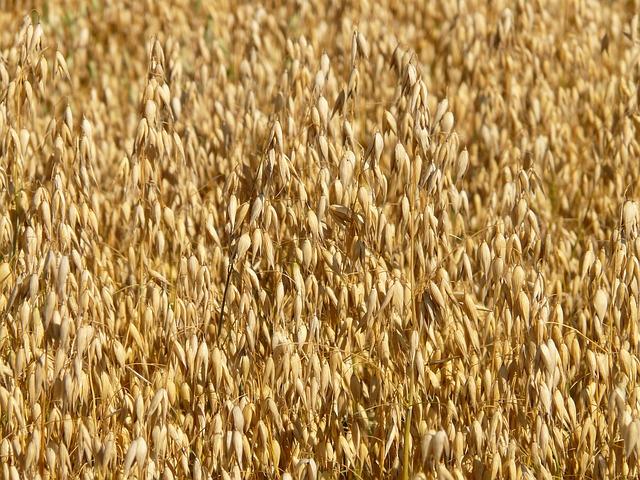The past 8 days brought significant rains to lots of fields in Manitoba and the northwest region saw a good portion of it.
Inglis saw the most at 54mm total. Dauphin had the second-highest total at 48.5mm. Ethelbert, Roblin, and Ruthenia all got at least 40mm. So far this growing season, San Clara has gotten the highest amount of precipitation at 234mm while Rorketon has received the least at 111mm.
Winter wheat and fall rye harvest are both about 90% complete in the northwest region and field pea harvest is underway but is only 5% done. Harvest overall is still in the early stages as total progress in the province sits at 3%.
Spring cereals could also start to be harvested this week on some fields, depending on weather conditions.
The summary for the northwest region, which includes the Parkland, is below. You can view the entire crop report here.
Warm start to the week and then a change to cool, wet weather up until the weekend. Rain set in mid-week and a couple of days of scattered showers brought varied precipitation amounts. Dauphin weather station receiving the most at 49 mm and Swan River the least at 5 mm, with some heavier localized amounts near Roblin. Alonsa had the highest daytime temperature last week at 27.7°C while Rorketon had the coolest over night temperature at 3.4°C. Although the rain was welcome across the region due to recent dry conditions, it also posed a slight delay in pre-harvest applications and some harvest operations.
Fall rye and winter wheat harvest began over the weekend in most of the region. Harvest in the Dauphin and Swan Valley area is approximately 90% complete. Perennial ryegrass harvest also began last week and is mostly complete. Yields are unknown at this time.
Spring cereals are mostly in the hard dough stage, with some later seeded fields in the soft dough stage. Pre-harvest applications have been ongoing as stages are reached. Dependant on weather conditions, harvest may begin this week.
Most of the canola across the region is podded and maturing. Approximately 10 to 15% of the canola remains flowering but should wrap up shorlty. Upper pods on plants are small, this may affect yield in some crops. Some sunscald is appearing with recent high temperatures. Aster yellow symptoms are very noticeable in some fields. Flea beetle pressure has been heavy in the last week and tops of plants are found covered in flea beetles. Lygus and some bertha armyworm has been reported in canola.
Field peas are in the R6 to R7 stages. Field pea harvest is continuing as crops reach maturity, with a pause last week due to rain. Desiccation continues in fields that have reached the appropriate stages. Initial reports of yield are lower than normal as first fields harvested are the ones that did not receive adequate moisture. Progress is approximately 5% complete.
Soybeans are mostly at the R6 stage and advancing. Recent precipitation was welcomed last week for soybean fields.
Bertha armworm monitoring is done for the year. Trap counts remain low across the Northwest region. The highest counts are Durban and Minitonas at 146 and The Pas at 277. Both counts remain below threshold levels, however monitoring is always recommended. Grasshopper pressure continues, and is especially heavy in some areas across the region.







